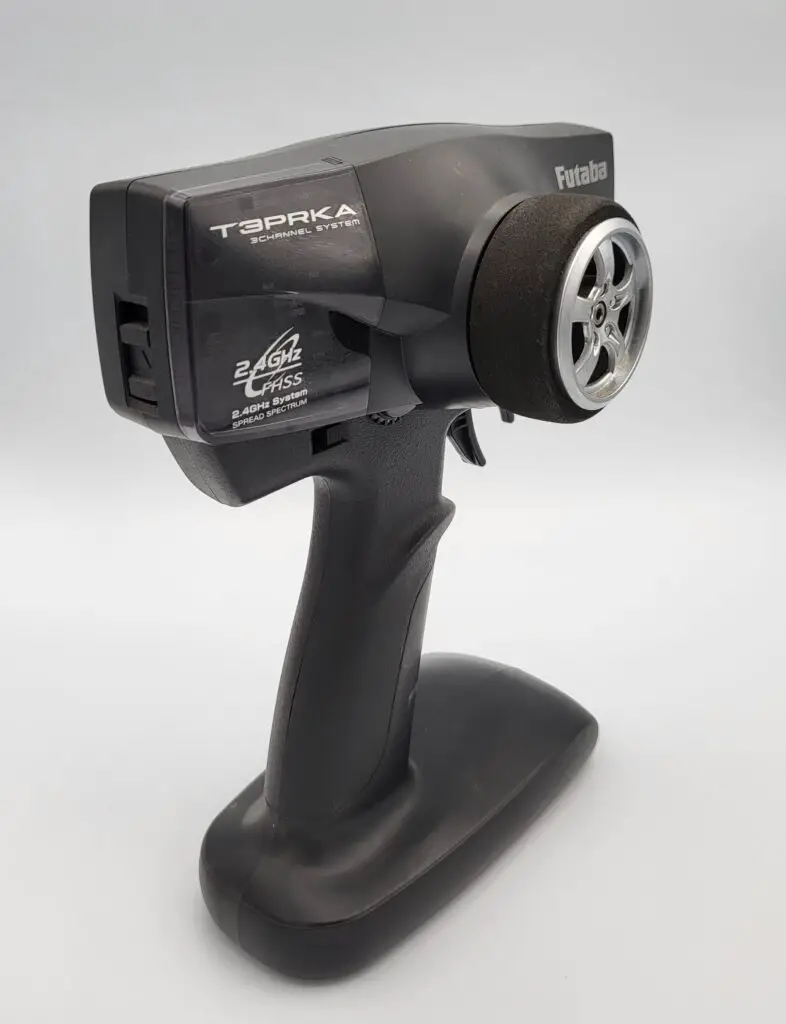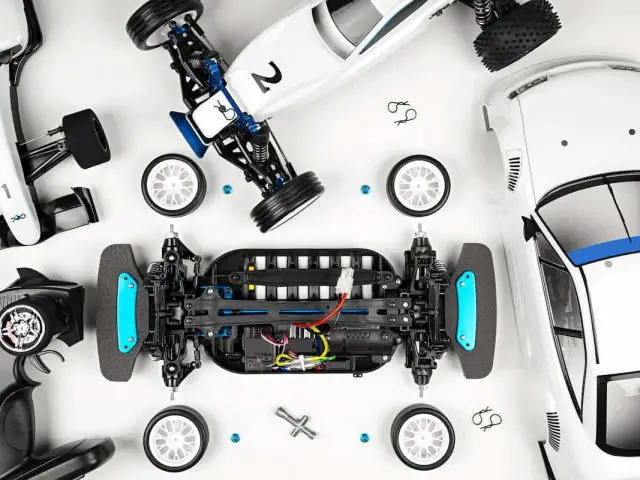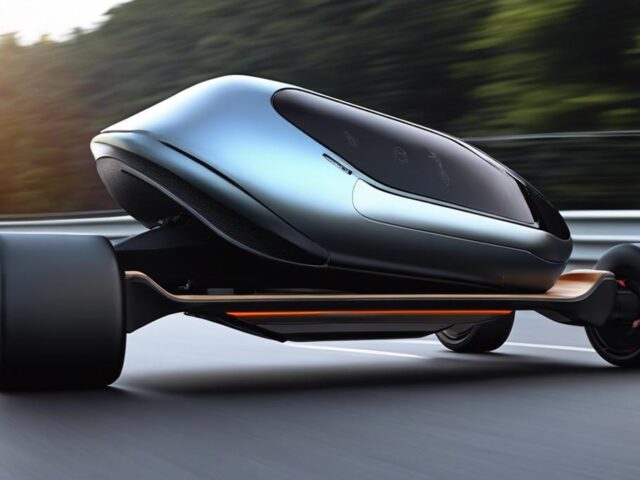Before you start driving your radio-controlled car, it’s helpful to know how it works. Radio-controlled cars work by transmitting electromagnetic frequencies to a circuit board.
This information is then translated to the motor, which converts energy from the battery or nitro fuel to give the car power and speed. Knowing how your car works can help you understand how to operate it properly and minimize stress when it breaks down.
Regardless of your skill level, knowing how your radio-controlled car works will make your driving experience more fun and stress-free.
Servo motors
Servo motors are a critical component of a radio-controlled car. These motors are used to control the car’s wheels and steering. They receive control signals from the transmitter and send a pulse of varying width to the servos.
These pulses are compared with the commanded position to determine whether the motor is turning in the desired direction or not. They can be controlled either by the radio control or by manually pushing the servo to change its position.
Servo motors rotate continuously from 90 degrees to 180 degrees. This movement is triggered by a delay subroutine within the radio control car programming.
An average servo can rotate 60 degrees in a quarter or half-second. However, the servo is not perfect. In addition, it may not rotate at the same speed or angle in every race. This will lead to jitter.
Common servos have nylon gears while heavier-duty servos use metallic gears. Some servos are made of karbonite, a new material that offers more strength than nylon. But karbonite gears are more expensive than metallic gears.
Servo motors can reach a higher speed and torque than standard gears. In a radio-controlled car, the servo motor is a critical component of the car’s steering mechanisms.
Servo motors are small DC motors attached to a rotating shaft. The shaft is rotated as the servo motor rotates, and a positional sensor is located on the final gear.
This sensor feeds information into the small circuit board, which then decodes the user’s signal. It also determines the position of the car when the driver presses a button.
Choosing the right servo motors for your RC model is critical to the success of the project. If you are planning to build a high-performance radio-controlled car, it is vital to choose motors that have the appropriate torque.
You must carefully evaluate all factors before making the decision to purchase servos. Once you’ve decided on a motor, you can begin building your radio-controlled car!
When purchasing servos for your radio-controlled car, you should take the refresh frequency into consideration. Fast servos can be run at lower refresh frequencies, while slow servos cannot.
Typically, the refresh frequency is based on the duration and on-time of each PWM pulse. The typical range of the nominal pulse width is from 1000 to 2000 microseconds, and the center position is set at 1500 microseconds. If you exceed the refresh frequency of the servo motor, you risk overtravel.
Powering the servos with a USB connection can be risky. The USB port is limited to 100 mA and a medium servo might be beyond the USB port’s capacity.
Keeping the power LEDs on when operating a servo is an early warning sign that the servo motor needs juice. Make sure to get a separate power supply for the servo motors.
Servo horns
To install a Radio controlled car servo horn, follow these instructions: first, make sure the servo hood is mounted at the correct angle for your car model.
Next, make sure the servo links are the right size, and that they respond smoothly to the servo’s directions. Finally, set the servo’s turning direction, travel range, and center point in the transmitter and check that they are working correctly.
The servo horn is the main arm of the servo, also known as the conductor’s wand. It has to be mounted properly, but some models require that the servo horn be installed slightly off-kilter or at a 90-degree angle.
Once installed properly, the servo horn should function normally. If not, repeat the process until you have found a suitable position for your servo.
If the car is turning left and right, or it struggles to remain centered, the problem may be the servo horn or trim. In most cases, this problem is resolved with a new servo horn or trim.
If you’re still not satisfied with the sound of your servo horn, try replacing the horn. Check the horn, too. It should be clearer when the car is centered on the track.
When it comes to selecting a servo horn, it’s important to know the difference between a steering and a braking horn. The servo horn is an important part of a car’s steering mechanism.
It can give the car the extra boost it needs to move in a directional direction. But, if you are unsure, you can always buy a servo horn that is made of aluminum and is made of plastic.
RC car transmitter
You can easily understand how an RC car transmitter works by looking at the features it offers. A typical RC car transmitter has two channels, each of which can control different aspects of the vehicle.
Two channels are used to control the throttle and steering of the car. More channels allow you to control more features, including the gun elevation and turret rotation.
In addition, they can also adjust the endpoints. This will help you fix any turning or acceleration problems your RC car may experience.
To adjust the endpoints, most transmitters come with a programming mode. In this mode, you can hold the throttle at the desired point and press the button on the receiver to set the next endpoint.
However, before using this feature, make sure you have read the model manual carefully. You should also check that the ESC is compatible with the type of transmitter you’re using. Some RC car transmitters require special batteries or don’t work with a certain model.
An RC car transmitter is designed to be compatible with a variety of RC cars. If you have multiple models, this feature makes it easier to swap between them and control them all from the same transmitter.
The same technology also works with RC boats and airplanes. You can check out the best RC car transmitters by reading user reviews. Many transmitters also come with additional features that will give your RC car an extra boost.
Another way an RC car transmitter works is that it uses radio waves. When a driver presses a button on the transmitter, a series of pulses are transmitted. The pulses are comprised of two components: a synchronization pulse and an actual pulse sequence.
As these pulses travel through the air, they are translated into mechanical action. These pulses then control the speed of the car. In short, radio waves are responsible for making the car go faster or slower than it would otherwise.
An RC car transmitter and receiver pair. The transmitter sends a signal over a specific frequency, usually between 27 MHz and 49 MHZ. Many controllers offer both frequencies. You can use these devices interchangeably.

However, you need to make sure the frequency and controls match. If you are using an RC airplane, a different RC transmitter will not work well. For best results, you should choose a transmitter that has the same frequency as your plane.
In general, the radio frequency range used by modern RC vehicles is 2.45 GHz. This is known as the Spread Spectrum System. This means that fewer interferences and glitches can occur.
Most RC vehicles operate on these frequencies, but more advanced devices may use higher frequency ranges. If you want to use them for a longer distance, you should choose one that has at least four channels.
You’ll also need a receiver with two channels so that you can control them with a single transmitter.
Helpful Links
For all your RC Questions, Click HERE
If you are interested in RC cars and trucks, RC World has you covered.
For RC boats and watercraft, check these articles out.
For all your RC Airborne endeavors, we have everything you need.
Guide to Gas, Electric, or Nitro for Best RC Performance
Being around RC cars almost all my life, I had developed a special inclination towards their working mechanics trying to make sure I stay up to date. RC…
Revolutionizing Commute: A Deep Dive into E-Bikes
Harnessing the power of modern technology, e-bikes are becoming an increasingly popular transportation tool in our day-to-day lives. The beauty of these advanced bicycles lies in how they…
E-Bike Lifecycle: Reduce Carbon Emissions
In an age where climate change looms large and the quest for sustainable living becomes increasingly pressing, electric bicycles (e-bikes) emerge as a beacon of hope in the…
5 Key Benefits of E-Bike Commuting Over Traditional Biking
There’s an electrifying new shift in the world of commuting and it comes in the form of e-bikes. More and more Americans from all walks of life are…
14 Surprising Ways Electric Biking Enhances Your Fitness
Embracing a new wave in the sphere of fitness and health, electric bikes have become prominent as one of the most enjoyable and advantageous ways to enhance personal…
Electric Skateboard: How Wheel Size Affects It
Electric skateboards offer an exhilarating blend of technology and adventure, bringing a new dimension to personal transportation and outdoor exploration. The choice of wheel size and hardness is…
Six Reasons to Ride a Fat Tire Electric Bike
In an era where practicality, health, and sustainability are at the forefront of our minds, the fat tire electric bike has emerged as an exhilarating solution to all…
Embrace E-Skating: Boon of Regenerative Braking
Imagine extending the range of your electric skateboard while enhancing its overall efficiency – that’s the power of regenerative braking. Moving beyond the rudimentary grasp of skateboarding, the…
Why Choose Electric Skateboards for Travel?
The intersection of technology, sustainability, and urban mobility has led to innovation on the streets – quite literally – with electric skateboards emerging as a shining example of…










